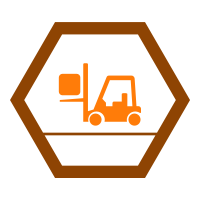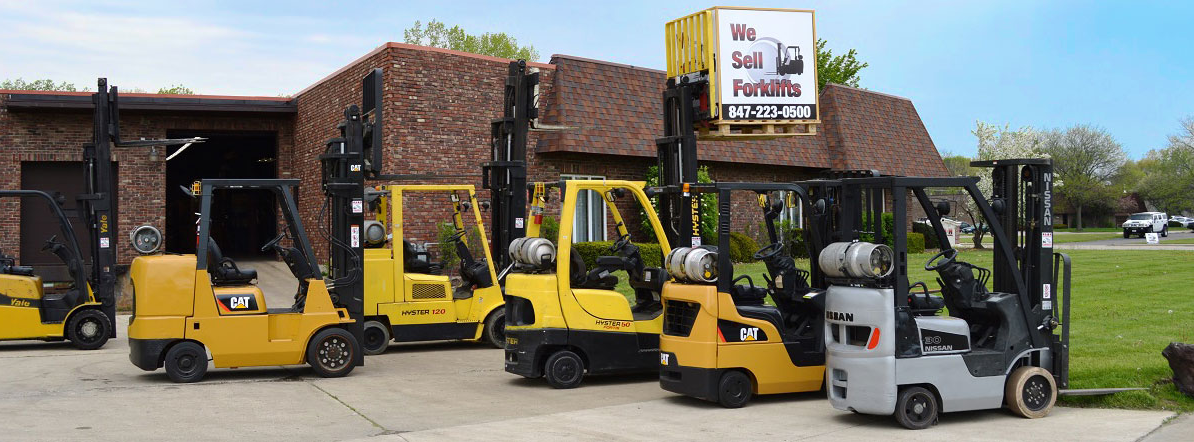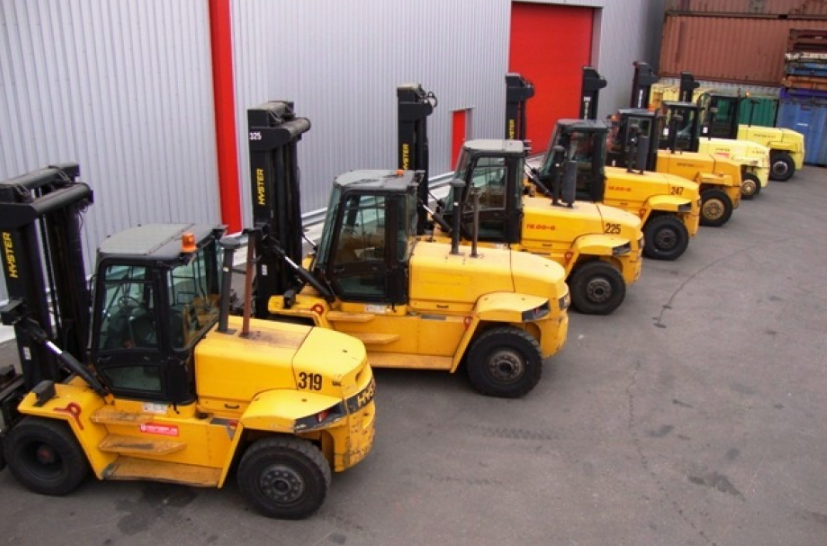If you are in the market for forklift attachments, you will find there is a wide selection of attachments that are designed for many different makes and models of a forklift. With this wide range of available forklift attachments, it can be hard to make your choice. One way to help you choose the right forklift attachments is to first identify the type of forklift you are operating. Then you can narrow down your search by choosing forklift attachments that are intended for that make and model. For example, if you are operating a forklift that is powered by an electric motor, you will most likely want to choose an attachment that is electrically operated.
If you are operating a forklift that is powered by gasoline, you will need to know the weight and the height of the stack you are managing. There is also a forklift attachments list that will list all the attachments that will work with the gas forklift. On the other hand, if you are working with a hydraulic system, you will probably not be able to use all the hydraulic forklift attachments unless they are designed for that system. The hydraulic forklift attachments list will also include a list of attachments that are designed for the different types of carriers that will be used to move materials from one location to another.
Popular Attachments
Most forklift attachments are made to fit a particular forklift operator or truck. There are two things to consider when selecting forklift attachments for your truck or forklift operator. First, is your forklift operator’s job purpose or function? Second, is the forklift attachments that you select required for your forklift operator?
Forklift Attachments can be classified by their function or job-specific nature. The two major categories of forklift attachments are the mechanical attachment and the hydraulic or power forklift attachment. Mechanical forklift attachments are classified into four: Torsion Ties, Couplings, Torsion Springs and Lubricated Tires. The most common mechanical forklift attachments are the torsion springs, torsion straps, and hydraulic cylinder valves.

A torsion spring is one of the most important forklift attachments. It attaches to the forklift arm, through a small passage in the forklift body, to provide leverage for lifting. For example, the forklift arms of big dump trucks are usually fitted with a torsion spring fitted to each forklift torsion spring. As the forklift moves up and down, this torsion spring pushes the forklift arm back to a position where it can lift a heavy load. Sometimes, forklift attachments are designed to allow a forklift to climb steep hills, which require that forklift arms have sufficient traction.
Hydraulic Forklifts
Hydraulic forklift trucks are fitted with hydraulic cylinder valves, which allow the forklift to hydraulic lower and raise its forks. These forklift attachments are commonly fitted to forklift trucks that are fitted with electric motors. The forklift will then use the hydraulic pump to power the hydraulic cylinder valve, lowering and raising the forks as required. A hydraulic forklift is also commonly fitted to forklift trucks used to transport vehicles with a limited capacity engine. As the truck moves along, the hydraulic pump controls the forklift engine and pumps the hydraulic fluid through the pipes and into the engine’s cylinder.
A torsion strap is another common forklift attachment. It attaches to a forklift arm, via a series of metallic fittings and straps, to provide leverage for lifting. There are many reasons why forklift operators might attach torsion straps to forklift arms, such as to reduce wear on the arms (as the forklift arms will be able to move more freely), to improve forklift handling and functionality, and to reduce the likelihood of an operator twisting an additional weight belt across the forklift deck. Most forklift attachments have several different hydraulic functions and capabilities, which allow forklift operators to adapt their forklift to specific situations. For example, some forklift attachments operate using only air pressure or hydraulic power, while others are run on electric motors only.
Mast Extensions
Mast extensions, also known as forklift masts, are used on larger trucks. The forklift operator will detach the forklift from its carrying case, and place it onto the forklift mast. The forklift mast will be raised above the ground by the forklift operator, with the forks of the forklift being extended outwards on to the ground in preparation to dismount. The forklift forks will then be lowered onto the forklift carriage, which is supported by the forklift tractor (which is fitted with a track’s system). This type of forklift carriage can support a much larger forklift, whereas a smaller forklift carriage can only support a forklift tractor/tray attached to the bottom of the forklift hull.…







